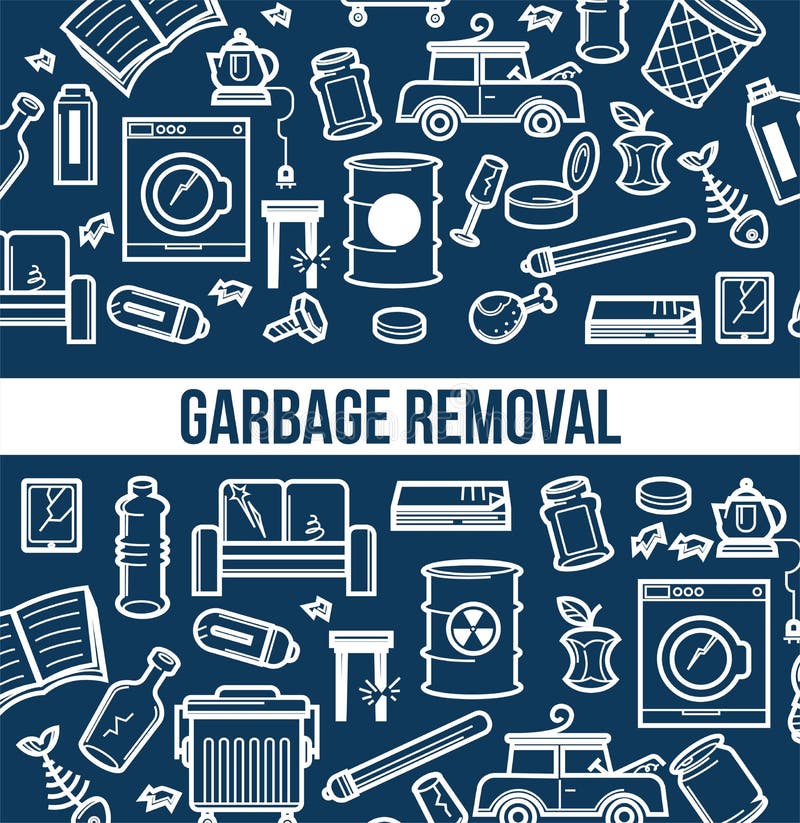Finding The Right Dumpster Size For Your Project: A Detailed Overview
Finding The Right Dumpster Size For Your Project: A Detailed Overview
Blog Article
Writer-Finnegan Fisher
When embarking on a project that requires a dumpster, the dimension you select can significantly impact its efficiency and cost-effectiveness. Envision having https://temporarydumpsterrental42097.vidublog.com/30371007/normal-errors-to-bypass-when-picking-a-dumpster-rental that accommodates all your waste without being exceedingly big or also tiny. It all begins with comprehending the subtleties of your project and choosing a dumpster dimension that straightens with your details needs. So, before you decide, think about the variables at play to make sure a seamless waste administration process throughout.
Elements to Consider
When picking the right dumpster size, there are numerous essential factors to take into consideration.
First, consider the type of waste you'll be getting rid of. Various materials might call for varying quantities of space, so comprehending what you'll be putting in the dumpster is vital.
Next, evaluate the quantity of waste you expect to create. If you undervalue the volume, you may require to make numerous trips to get rid of every little thing, which can be troublesome and pricey. On the other hand, renting out a dumpster that's also large can result in unneeded costs.
Additionally, take into consideration the space where the dumpster will be put. Make sure there's enough room for the dumpster to be delivered and grabbed with no blockages.
Lastly, consider any type of weight constraints that might use. Surpassing the weight restriction can cause extra costs or even the refusal of service.
Dumpster Size Options
For choosing the ideal dumpster dimension, it's essential to have a mutual understanding of the available choices. Dumpster dimensions usually vary from 10 to 40 cubic lawns, with variants in between.
A 10-yard dumpster appropriates for little projects like a garage cleanout or a tiny restoration. If you're taking on a medium-sized project such as a kitchen remodel or a basement cleanout, a 20-yard dumpster might be the right option.
For larger tasks like a whole-house improvement or business building and construction, a 30 or 40-yard dumpster could be preferable to accommodate the quantity of waste produced.
When selecting a dumpster size, consider the quantity and kind of debris you expect to deal with. It's far better to pick a somewhat bigger size if you're not sure to stop overfilling. Bear in mind, it's more cost-efficient to rent a dumpster that fits your needs rather than needing to buy an extra one.
Matching Size to Task
Optimally matching the dumpster dimension to your project is critical for reliable waste management. To determine the right dimension, take into consideration the range and nature of your task.
For Read More Listed here or remodellings, a 10-yard dumpster might be enough. These are usually 12 feet long and can hold about 4 pickup truck loads of waste.
For bigger projects like redesigning several areas or removing a huge estate, a 20-yard dumpster may be more suitable. These are around 22 feet long and can hold approximately 8 pickup truck loads.
If you're taking on a significant building and construction job or industrial remodelling, a 30-yard dumpster could be the very best fit. These dumpsters have to do with 22 feet long and can suit concerning 12 pickup truck loads of debris.
Matching the dumpster dimension to your job ensures you have sufficient space for all waste products without paying too much for unused capability.
Verdict
Finally, choosing the best dumpster dimension for your project is essential for efficient waste disposal. By taking into consideration factors like the kind and amount of waste, space availability, weight constraints, and spending plan restrictions, you can ensure you have the proper size dumpster for your demands. Ensure to match the size of the dumpster to the scope and nature of your job to stay clear of overspending on unnecessary costs.
